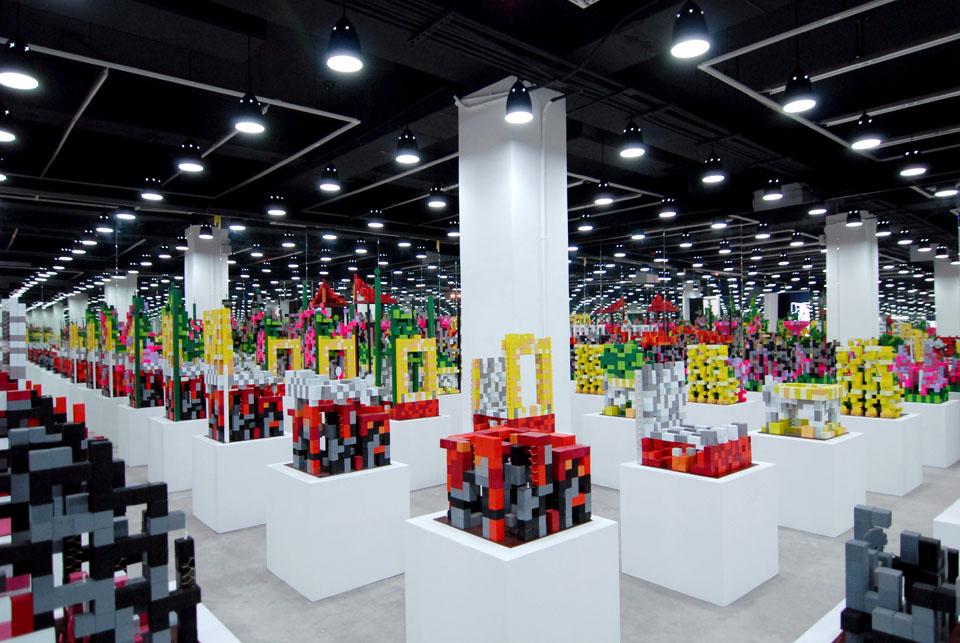He has come here to do some more of the latter—in the form of The Vertical Village exhibition, which opened last week in a former tobacco and wine warehouse in the middle of the city, where a lurid mountain of miniature toy houses now teeters above the rooftops.
The exhibition is the result of a three-year long research project, commissioned by the JUT Foundation for Arts and Architecture, the cultural branch of the JUT Group, Taiwan's leading luxury housing developer. It is their fifth Museum of Tomorrow project, a nomadic initiative that sees vacant sites transformed with temporary installations—"meanwhile uses" that generate a buzz around forthcoming developments and add to the company's increasingly trendy credentials.
Produced by The Why Factory, MVRDV's research think tank based at TU Delft university, The Vertical Village is a heady mix of science and fiction, precision and fantasy, a dreamy investigation into the future of the rapid urbanisation of Asian cities—from Taipei to Tokyo, Beijing to Bangkok.
It takes as its dramatic premise the relentless "Block Attack" of generic, high-rise sprawl that is invading these cities and destroying the small-scale, informal urban villages that have characterised their fabric for centuries. "Could we densify these areas without sacrificing the informality of the urban village?" it asks. "What if we could grow urban villages vertically, as an alternative to the monotonous urban sea of blocks?"
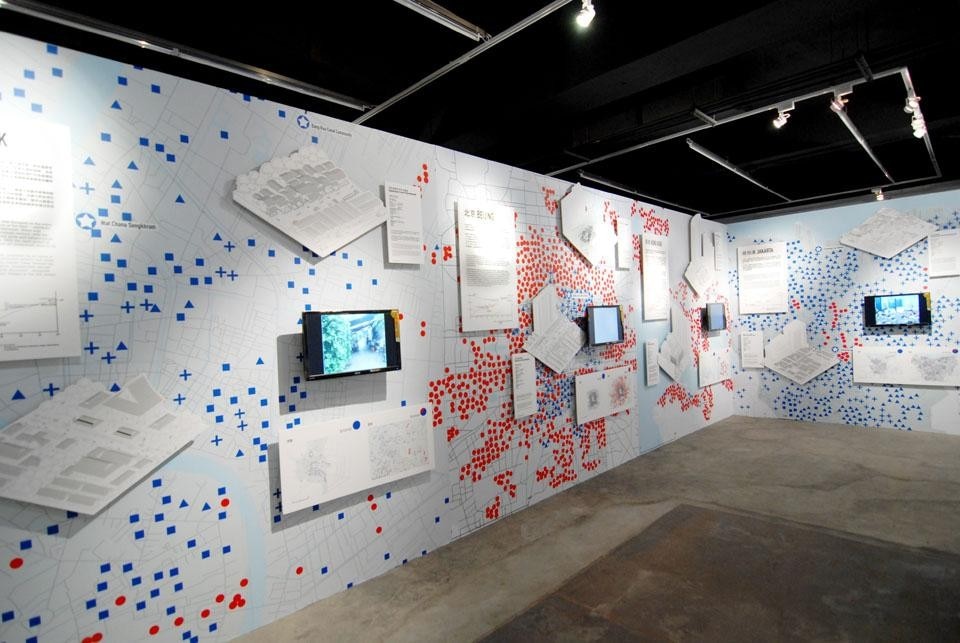
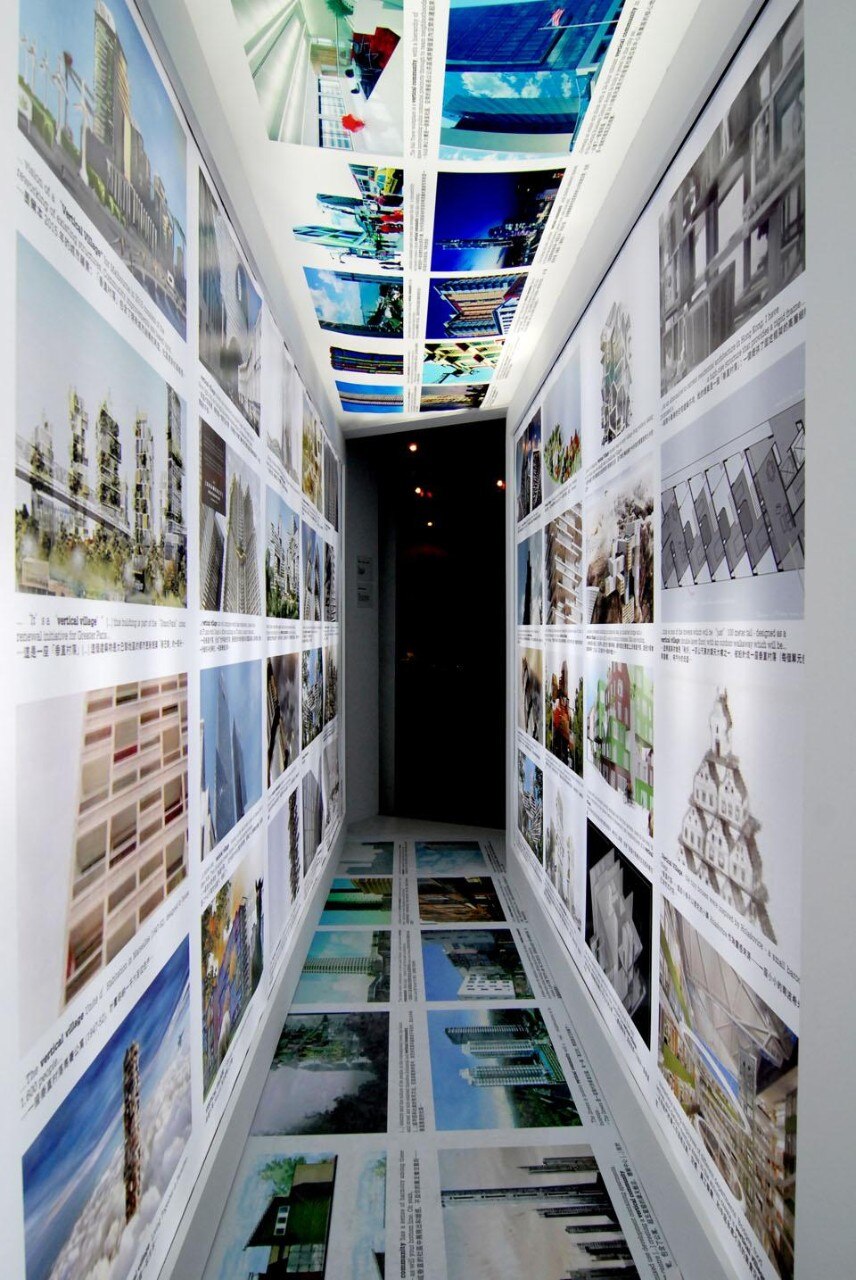
For all its shortcomings, there is a playful, childlike naivety in the work of this energetic think tank that must be lauded, and a bold simplicity that cuts through the opaque posturing of much of architectural academia.
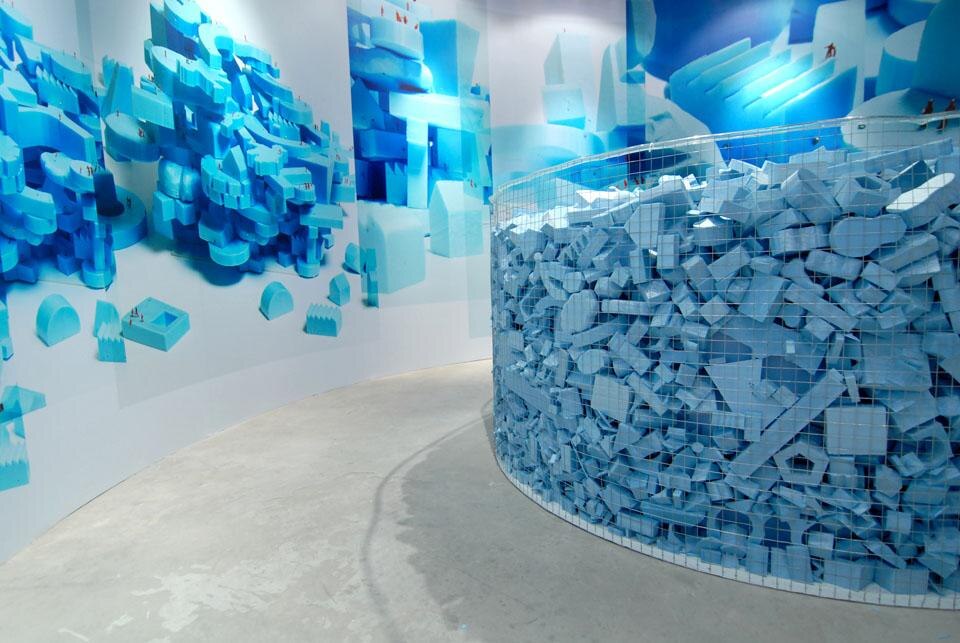
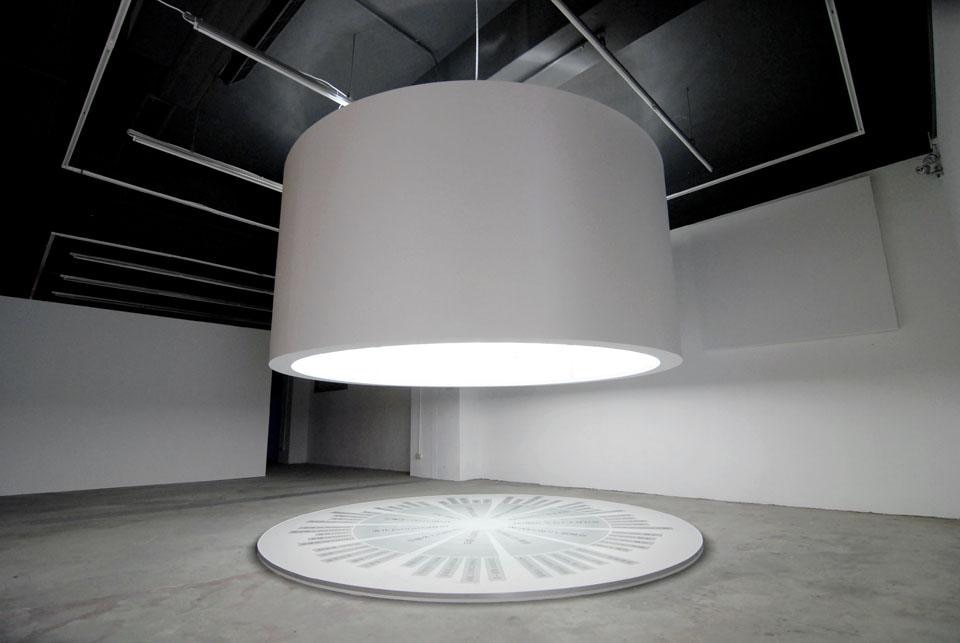
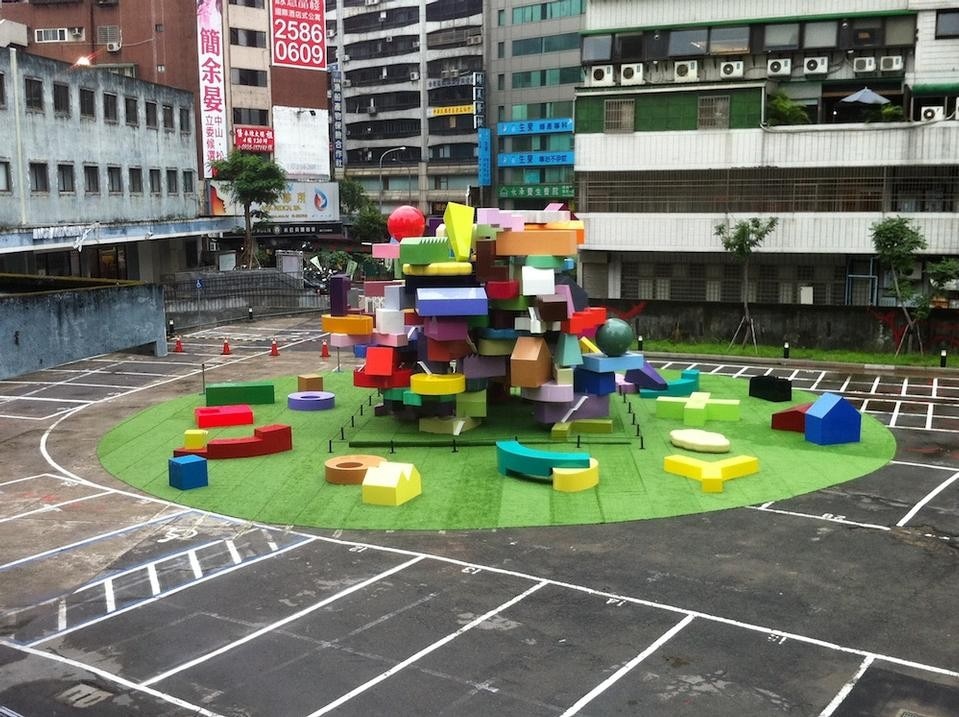
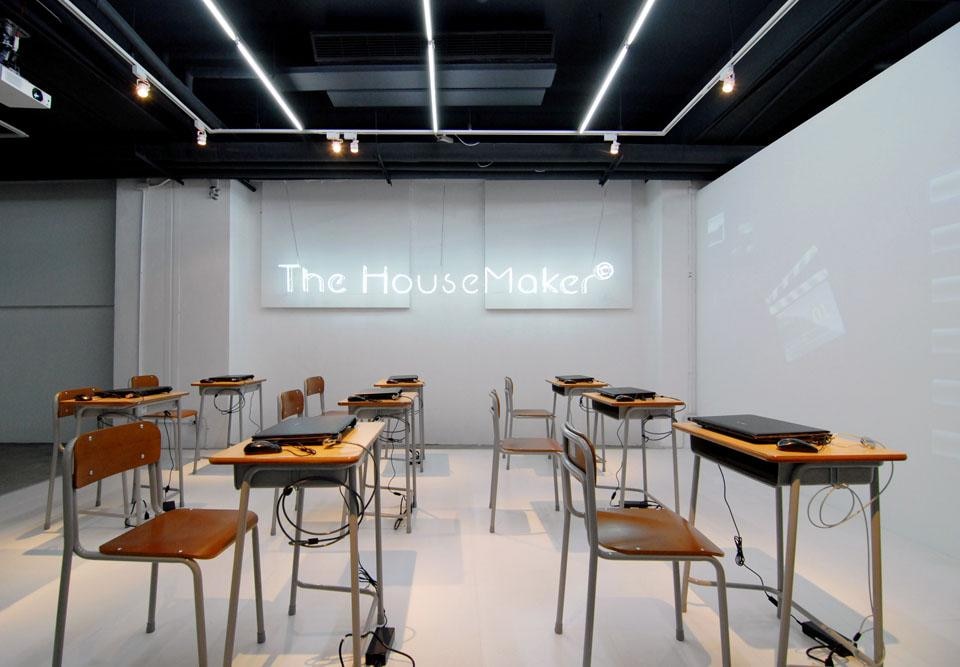
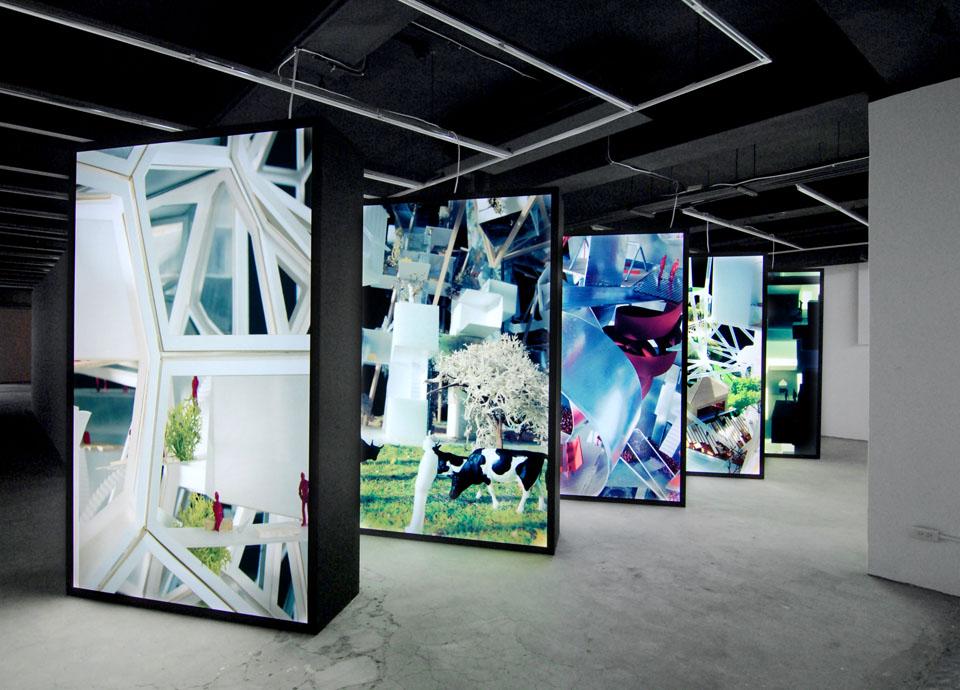
But for all its shortcomings, there is a playful, childlike naivety in the work of this energetic think tank that must be lauded, and a bold simplicity that cuts through the opaque posturing of much of architectural academia. This effect is also perhaps exaggerated by the context in which the exhibition is shown: "I think our success in China has something to do with our directness," Maas tells me later.
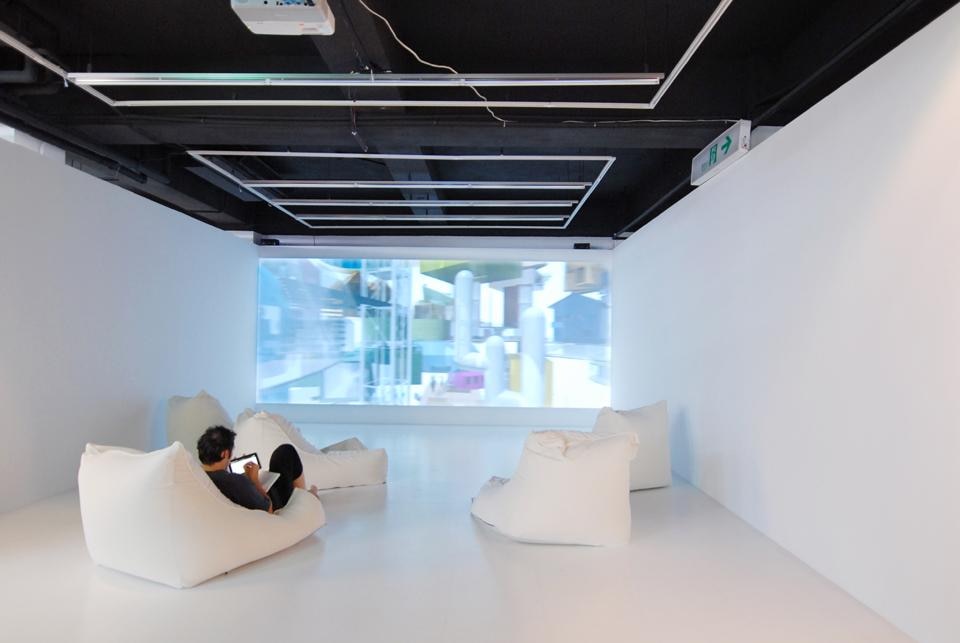
"I can't see how the Vertical Village ideas could be applied to a residential scheme," says Aaron Lee, CEO of the JUT Foundation. "Maybe for a retail project, or a hotel, but it could never work for housing, individually customised by multiple residents."
Time will tell how the project develops, but it seems there is still a long way to go before the gulf between MVRDV's theoretical and practical outputs can be usefully bridged.
Oliver Wainwright
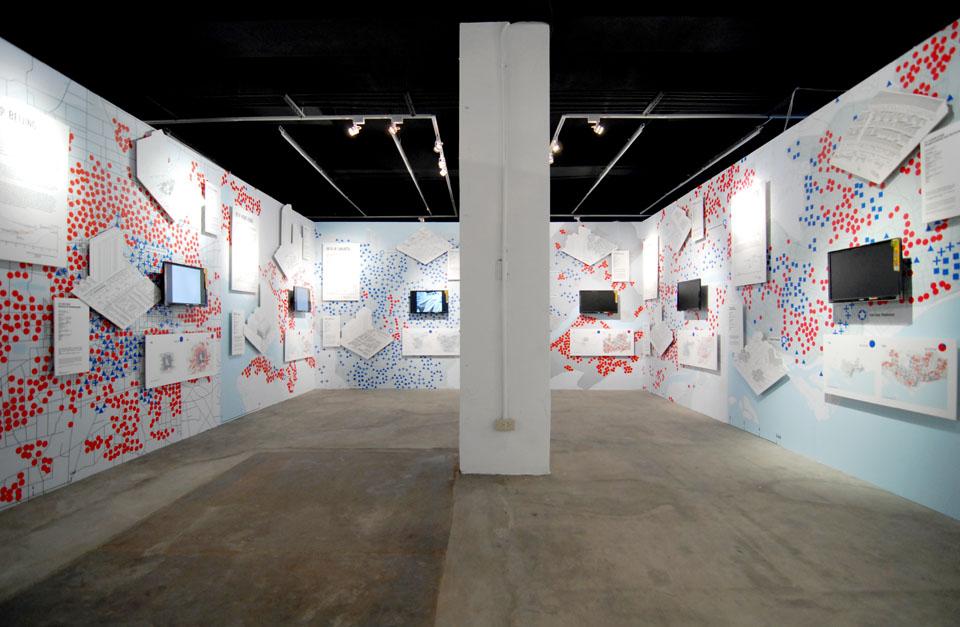
On show through 08 January 2012
Chung Shan Creative Hub


